Hierodula multispina - L2 nymphs (Captive bred 1st generation)
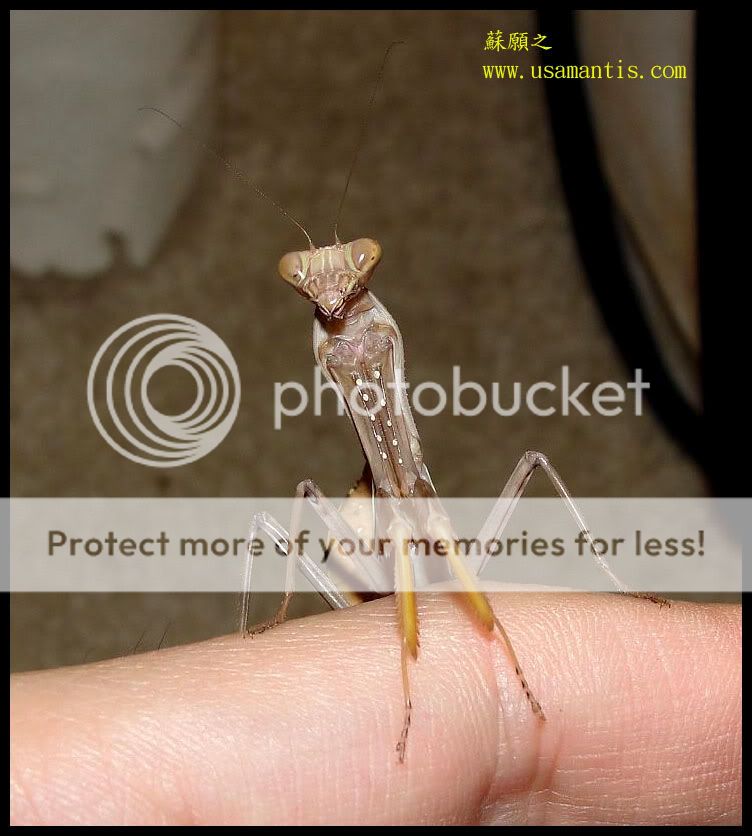
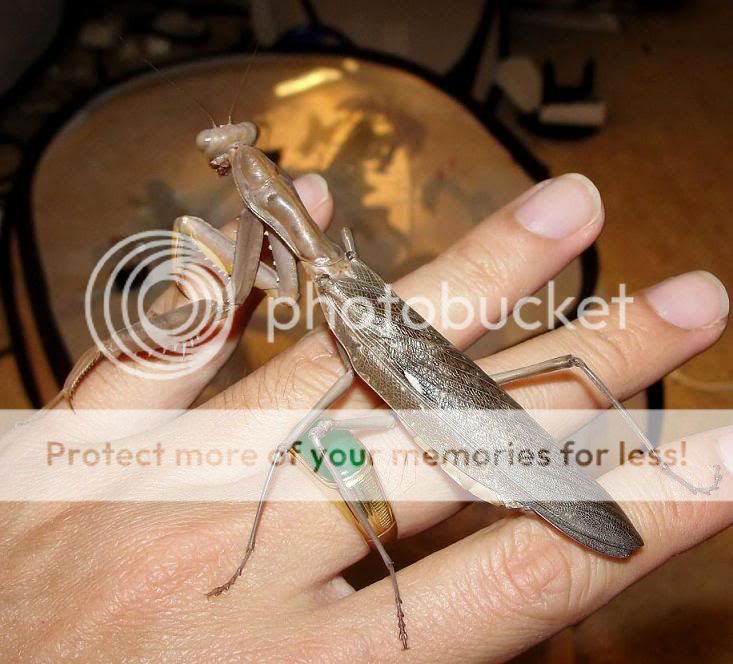
Acromantis magna - fresh adult pair (Captive bred 2nd generation)

Sibylla prestiosa - L2 nymphs (Captive bred 1st generation)
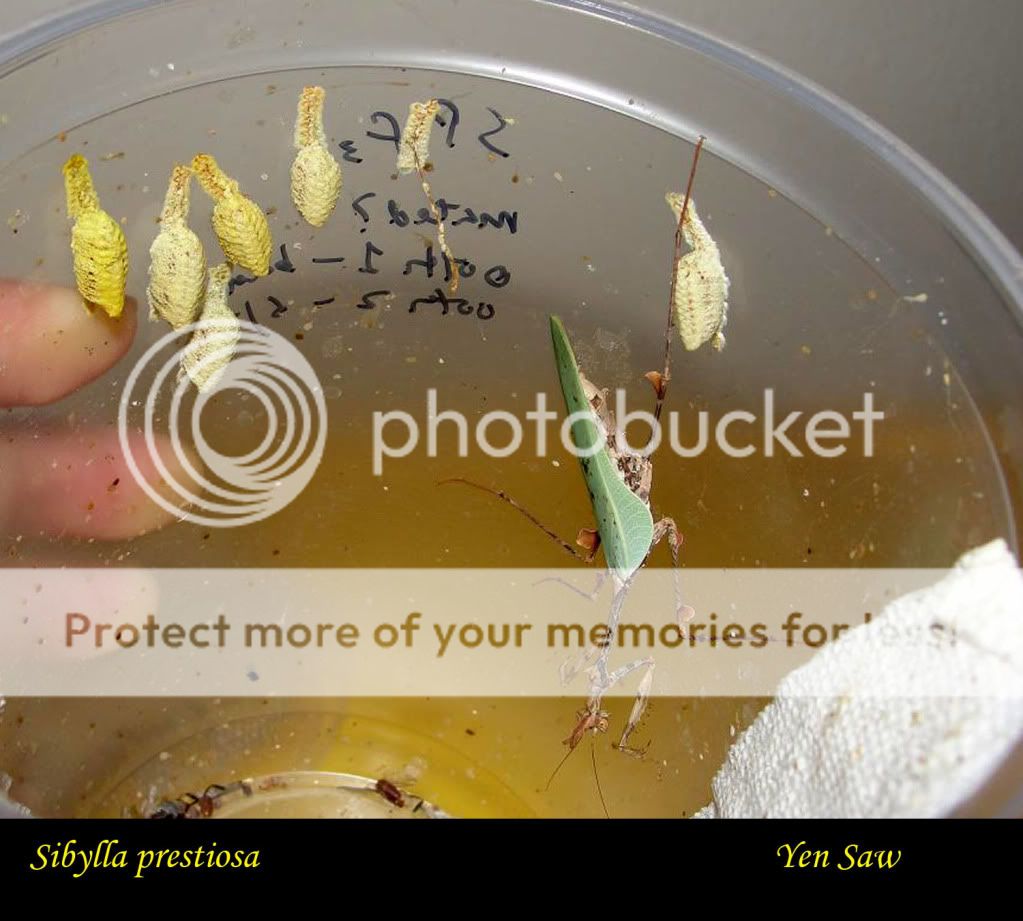

Phyllocrania paradoxa - L2 nymphs (Captive bred ? generation lost count!)

Creobroter nebulosus - L3 nymphs (Captive bred ? generation lost count!)
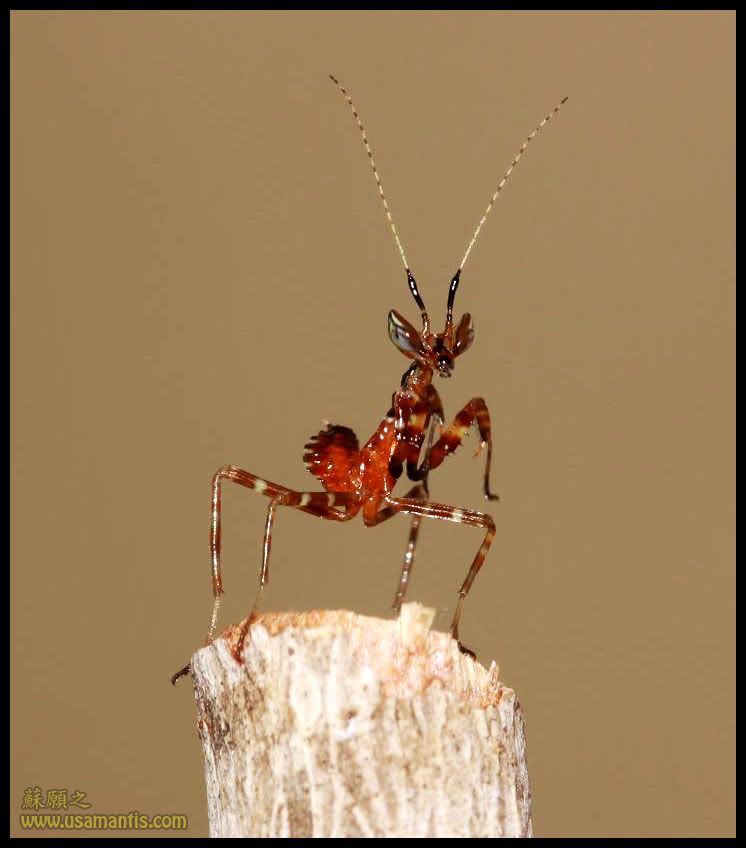
Phyllovates chlorophaea - L4/L5 nymphs (Captive bred ? generation lost count!)
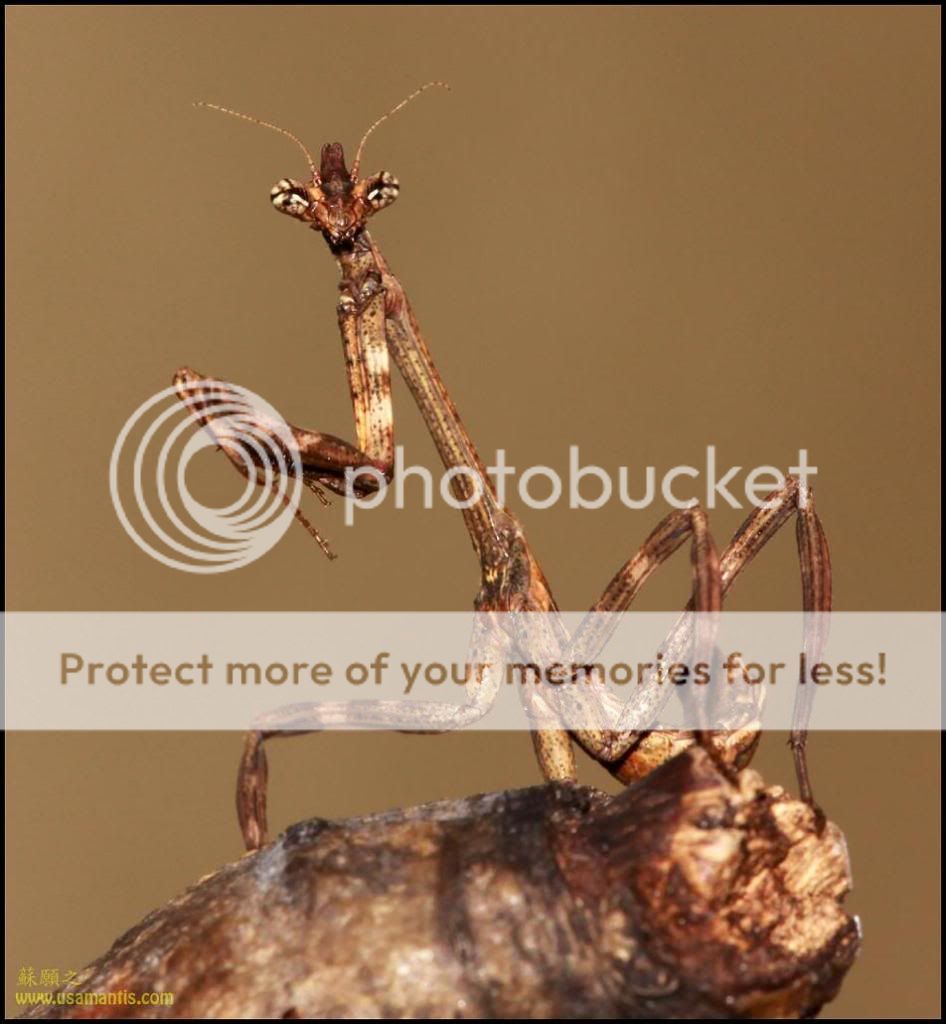
Gongylus gongylodes - fresh adult (Captive bred 3rd generation) - only few pairs
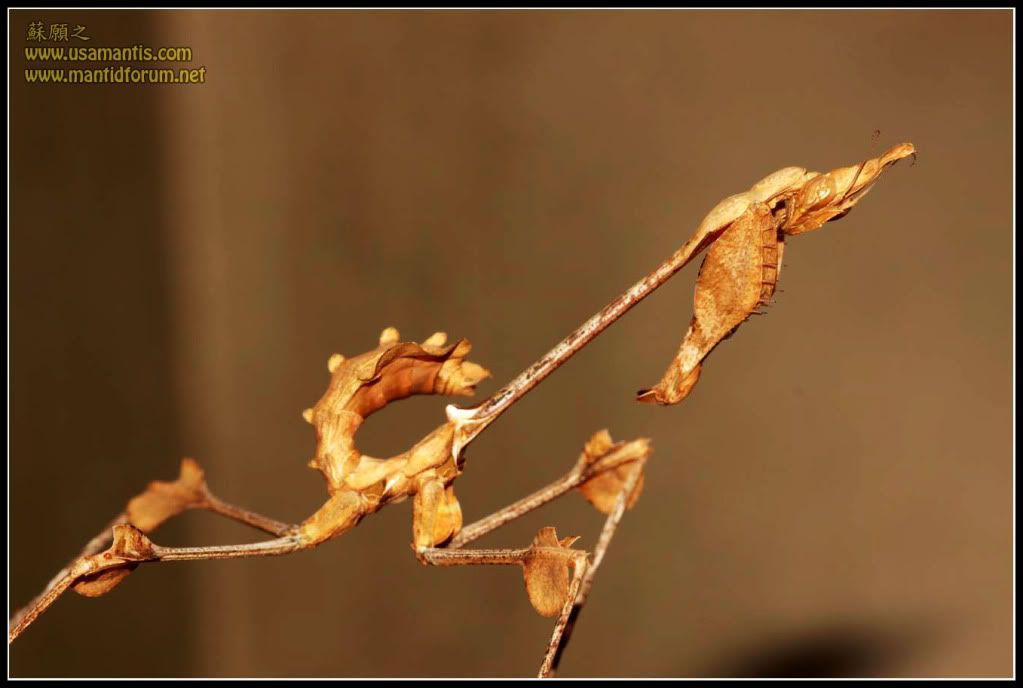
Popa spurca - fresh adult (breeding stock)
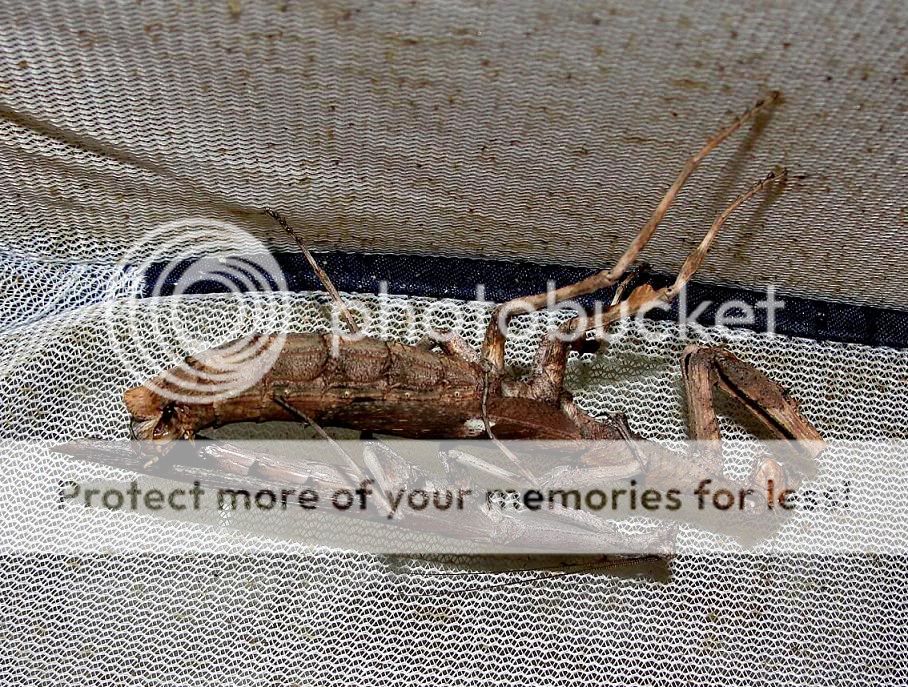
Email me at [email protected] if interested. Discount for return buyers as usual.


Acromantis magna - fresh adult pair (Captive bred 2nd generation)

Sibylla prestiosa - L2 nymphs (Captive bred 1st generation)


Phyllocrania paradoxa - L2 nymphs (Captive bred ? generation lost count!)

Creobroter nebulosus - L3 nymphs (Captive bred ? generation lost count!)

Phyllovates chlorophaea - L4/L5 nymphs (Captive bred ? generation lost count!)

Gongylus gongylodes - fresh adult (Captive bred 3rd generation) - only few pairs

Popa spurca - fresh adult (breeding stock)

Email me at [email protected] if interested. Discount for return buyers as usual.














































